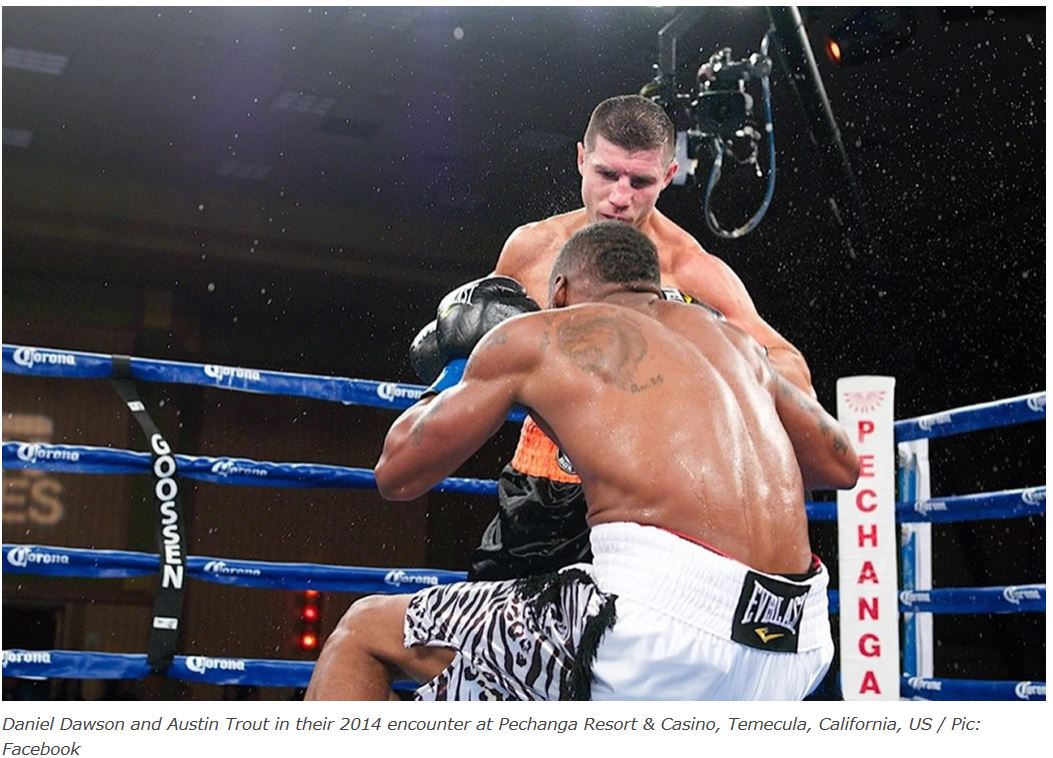
Here I will be discussing proven tactics used when sparring or competing against a southpaw
boxer. This is a frequent question I get asked at Boxrite. Below are pointers that are not only
applicable for boxing but combat sports in general when against a left handed opponent.
Vital points to remember when facing a southpaw:
- Foot positioning – your lead foot should be placed to the outside of opponent’s lead foot.
- Circle to your left to not only move away from the dominant cross or rear kick, but also keep
the southpaw opponent slightly off balance. This also positions the southpaw opponent in
direct line for an orthodox cross and rear thigh or head kick.
- Southpaws are counter-fighters, meaning they will wait for the opponent to attack first and
score with their own punches when their opponent is closing range. When facing a southpaw
use tactics such as feints (foot, body, punch) to make a southpaw opponent react and
commit with an attack making them vulnerable to a counterattack.
To assist developing these skills to become instinctive requires much practice. Firstly with your
coach or training partner undertaking focus mitt drills developing footwork, defence and
effective counterpunching skills against a left handed opponent. Once confident with working
these skills on the mitts, the next step is technical sparring whereby coach instructs set drills
for the boxers to execute. Repetition is the key to making these skills instinctive. Once
competent, the next phase is controlled sparring where boxers spar at 60% pace.
The final phase is open sparring boxers spar at 80-90% pace making this process realistic to
competition intensity. The conventional orthodox boxer should instinctively be able to apply
tactics, defences and counterpunching skills against a southpaw opponent. It is important to
conduct this sparring under the supervision of the coach offering guidance and tips, as well as
critiquing mistakes and bad habits to be rectified.
Daniel Dawson and Austin Trout in their 2014 encounter at Pechanga Resort & Casino, Temecula, California, US / Pic:
Watch the video below of myself preparing world title contender Daniel Dawson for his fight
against southpaw former WBA World Super Welterweight champion Austin Trout. Notice the
lateral movement to turn opponent making them exposed to the cross.